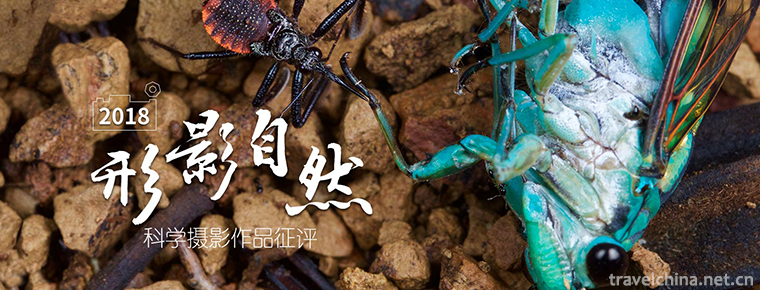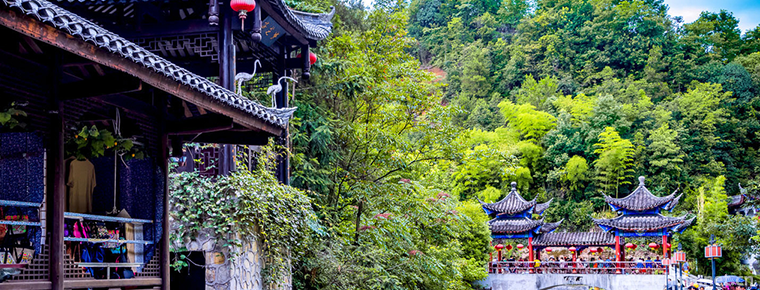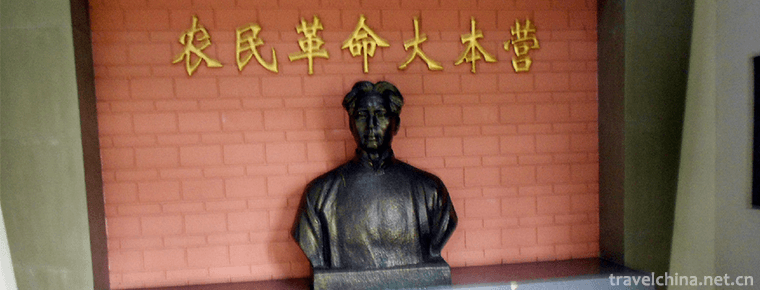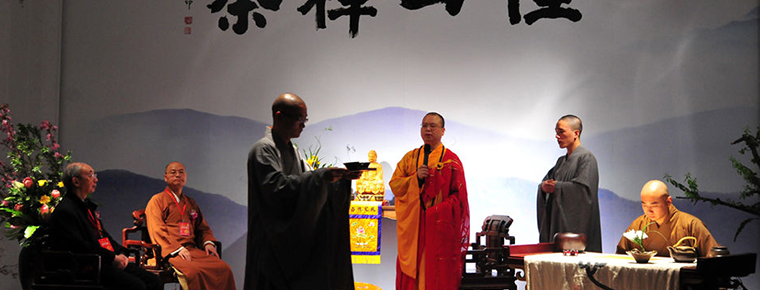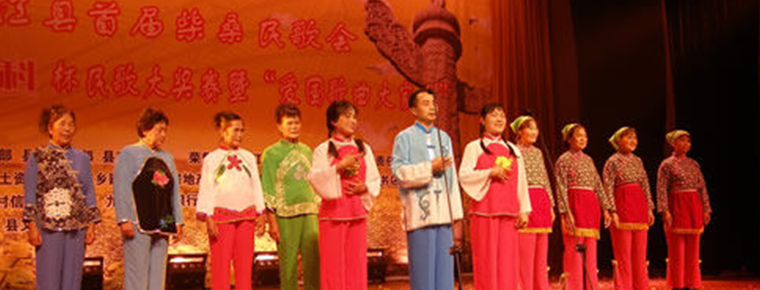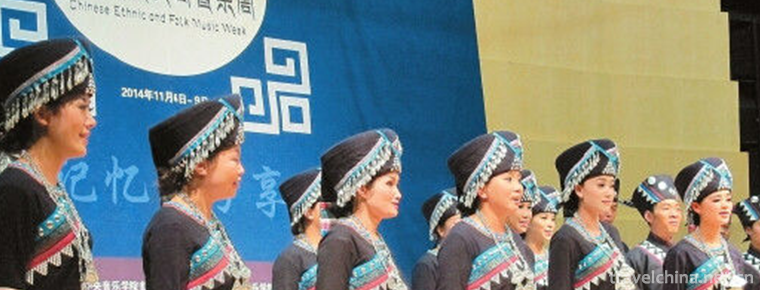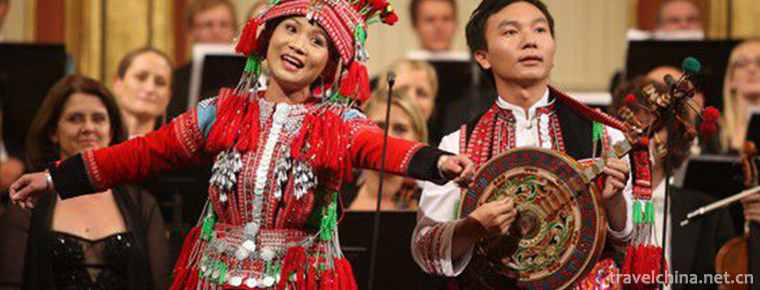Hill hinge
Hill hinge
Originated in Xixing and Longgang of Pingchang County, northeastern Sichuan Province, it is a traditional folk dance that spreads in Dazhou, Bazhong and some counties (cities and districts) under the jurisdiction of Nanchong City. According to legend, it was originated by Feng Bairen, a folk artist in Shiqiao Town, Daxian County, during the reign of Xianfeng in Qing Dynasty. After five generations of inheritance, it has a history of more than 150 years. During Xianfeng's reign, Feng Bairen, a famous artist in Shiqiao, often performed acrobatics in some countryside of Daxian County. Once, Feng tied a red cloth belt to the two sides of the hairpin in his hand, fixed one hand to the hairpin, and shook the other hand to hit the fixed hairpin. He hit the hairpin from different directions and angles, whichever way he hit the hairpin was prevailing.
The Hinge is a male dance that swings and hits the Hinge (copper cymbals). According to the record of Sichuan Volume of Integrated Chinese Ethnic and Folk Dances, there are 39 kinds and 85 programs of traditional folk dances in Sichuan. One of them is Pingchang Hinge Dance, which has been successfully declared as a national intangible cultural heritage after excavation and sorting out in Pingchang County.
On June 7, 2008, Pingshan Hinge was listed in the second batch of national intangible cultural heritage list by the State Council.
Historical evolution
Before the founding of the People's Republic of China, it was mainly distributed in Xixing, Xiangtan, Baiyi of Pingchang County and in the vicinity of Laolin and Shuanghe of Yingshan County. After the founding of the People's Republic, it gradually expanded to the adjacent Quxian, Tongjiang, Nanjiang and Bazhong areas.
The dumpling originated from Xianfeng in the Qing Dynasty (1857) and Tongzhi in the fourth year (1865). Pingchang and Yingshan have already had the activity of the dumpling, which has a history of more than 130 years.
Style and characteristics
Performing action
Because of its strong skills, it is generally single performance, and later developed a variety of forms of performance, such as double, three and four performances.
In recent years, artists from all over the country have been competing to innovate and make articulation on the flat ground.
Move to square tables and benches to perform and incorporate some other artistic skills.
A new style of "high platform hinges" has been formed. In order to make a difference, dumplings originally performed on the flat ground such as courtyard dam, hall house and road are collectively called "flat hinge".
In each performance, various forms alternate to make the performance more colorful.
In the accompaniment sound of Suona and gongs and drums, the articulator's hands (performers) are in rhythm, wielding both hinges, stretching or closing the ropes attached to the hinges from time to time, flipping over the top of the head, turning around the waist and legs, beating in different parts, showing various beautiful dancing postures and shapes. The movement is flexible, vigorous and broad, the atmosphere is cheerful, very lively. It is deeply loved by people in mountainous areas.
Basic motion
According to the action of lengthening and shortening hinges, they can be divided into two categories: long-rope hinges and short-rope hinges. Its playing methods are mostly composed of four ways: beating, wiping, turning and turning. There are about forty movements. Most of the movements are named by visualization, such as: bright wings in white space, willow blown by the wind, fish shell dried, frog belly dried, simple flowers, horse archery and so on.
Mobility characteristics
The rhythmic characteristics of dance can be summed up in the following three aspects. Reciprocating motion, symmetrical dynamics and balanced rhythm.
Reciprocating motion
The main action of "Hinge Over the Hill" is that the dancer swings two hinges and beats and dances over and over. Between action and action, there is no interruption and interruption, forming a kind of circular reciprocating rhythm. And this unique rhythm always moves along the "8" zigzag line, playing the role of connection, repetition, transformation and transition between dance movements or action combinations. This rhythm of duplex makes the dance mellow and smooth.
Symmetric Dynamics
Hitting action, mostly in the left and right, front and back, upper and lower symmetrical positions between the transformation. This makes the dancer's posture obviously symmetrical. Such as: the front of the upper body, back and forth; the left and right side of the waist bend, twist; shoulder swing back and forth and eyes and head swing back and forth. This dynamic symmetry enhances the contrast between action and action. Especially in the long rope hinge performance, the contrast is more intense, the momentum is more bold and unrestrained.
Balanced rhythm
No matter how the movement changes or how long it lasts, the rhythm of the performance is always medium speed, uniform and smooth. Often a performance lasts for two or thirty minutes, and the hitting of the hinges always keeps pace with two-quarters of the time, one beat at a time, and calmly. However, in a balanced rhythm, the movements are large and small, fluctuating and static, showing relaxation and ups and downs. Instead of monotonous and straight feeling, they feel interesting.
Inheritance and development
Over a long period of time, The Hinge of Climbing Mountains was inherited only in superstitious professions. For example: Su Xingtai, Jue Qingtai, Nie Xinzhong and others have engaged in superstitious professions. In their activities of sacrificing gods and exorcising evil spirits, they often use hinges as magic weapons, and do things while hitting hinges. In the wedding and funeral ceremonies, they are also a set of blowing team, locally known as the "Eight Immortals Drum Musician". Jue Qingtaiyi said, "Before liberation, people advocated evil spirits? Baxian drum musicians", also known as "Master Class". Legend has it that Han Xiangzi originated from the Eight Immortals. In the past, funeral deliveries, E sedan chairs, graveyard visits, big and small red and white wedding events were all invited by our group. Cho? Cho Yong? Funeral house, make fun of the deceased people! At that time, drum musicians were just blowing for a while. In the past years, owing to the low social status and profession of artists, and the limitation of their own customs, such as "only inheriting the original family but not the foreign race", the inheritance of "Overturning the Mountain Hinge" was very slow. While offering sacrifices to ancestors and entertaining gods, it still has the side of celebrating and entertaining people, but due to its limitations, it can not get its proper development. There were only one or two performers; routines and actions were few and simple. There is only one form of short rope hinge.
After the founding of the People's Republic of China, The Hinge of Climbing Mountains was loved by the people in mountainous areas for its cheerful, warm, robust and rugged temperament. Its entertainment function was fully exerted and gradually developed into a special form of "jumping for joy without jumping for mourning".
In the land reform in the early liberation period, when the peasants celebrated turning over, the Mountain Turning Hinge expressed their strong feeling of turning over, which was once known as the "turning over hinge". After a period of dissemination and development, it has become the most popular folk dance in the area. It has become a local custom to invite Hinge Team to help you when you get married.
Therefore, there is a saying in the local area that "if you leave the monk, you will not recite sutras, if you leave the hinges, you will not send your relatives".
In 1955, dumpling dumpling, as a unique dance in northern Sichuan Province, was awarded an award for its excellent skills in performing folk music and dance in Sichuan Province, which greatly promoted the development of the dance.
historical value
The music is more melodious when the two hairs strike each other. Later, Feng performed in the vicinity of Pingchang and Quxian. As the number of performances increases, the performance skills become more skilled, and the patterns of hitting the hairpin become more varied. The red cloth tape connecting the hairpin keeps growing, even up to more than 3 meters. Because the shape of the hairpin is similar to the dumplings eaten in Daxian countryside during the holidays, it is commonly called "hinge" (dumpling). Because the artists have to swing the hinge rope, or flip over the head or around the waist and legs to knock over and over when they hit the hinges, the name of "rolling over the hill" (turning over), a folk dance called "rolling over the hill hinges" came into being. Another is that there are many mountains around Shiqiao, Daxian County. In the past, when people in the mountains greeted relatives and sent relatives, they always invited artists to lead the way. Artists had to jump over mountains and dance along the way, so they were called "climbing over mountains and hinges". "Mountain-climbing Hinge" has been widely spread in Eastern Sichuan and has been passed down for a long time. It is deeply loved by the people. It is an important carrier for the study of Bashan customs and folk arts, and has important historical value.

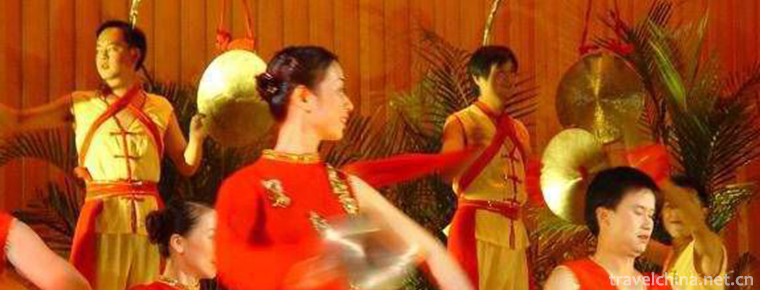
-
Beijing Museum of Natural History
The Beijing Museum of Natural History is located in the overpass area on the central axis of the capital's southern city. It is backed by the Tiantan Park, a world cultural heritage.
Views: 129 Time 2018-12-15 -
Dang Kou ancient town
Dangkou Ancient Town is located in the southeast of Xishan District, Wuxi City, Jiangsu Province. It is adjacent to the Yue noble tombs and Taibo Tombs in the west, and to Suzhou and Changshu in the e.
Views: 128 Time 2019-01-08 -
Longwan Seaside Scenic Area
Longwan Beach, also known as Longwan Beach Scenic Area, spans Xingcheng City and Longgang District. The total length of the coastline is more than 3000 meters, covering an area of 10.9 square kilomete.
Views: 130 Time 2019-02-06 -
Tangya Tusi City Site
Tangya Tusi Town Site is located in Tangya Town, Xianfeng County, Enshi Tujia and Miao Autonomous Prefecture, Hubei Province, with its back to Xuanwu Mountain and facing Tangya River..
Views: 153 Time 2019-02-13 -
Wuhan Revolutionary Museum
The Wuhan Revolutionary Museum is located at No. 13 Hongxiang, Wuchang, Wuhan, Hubei Province. It was merged by the memorial hall of the former site of the Wuchang Peasant Movement Workshop.
Views: 171 Time 2019-02-24 -
Jingshan tea banquet
Jingshan Tea Banquet, born in the Longevity Chan Temple of Jingshan, Jingshan Town, Yuhang District, began in Tang Dynasty and flourished in Song Dynasty. It has a history of more than 1200 years.
Views: 98 Time 2019-05-08 -
Jiujiang folk songs
Jiujiang folk song is a traditional folk song that is popular in the surrounding areas of Chengmen, Ma Huiling, Huanglao Men, Lion and Chengzi Town in Jiangzhou District, Jiujiang City.
Views: 185 Time 2019-05-08 -
Poop love song
In February 2006, a cultural census unexpectedly found "Poya Ge Shu" in Poya Village. Through expert research, 81 patterns in "Poya Ge Shu" have the character of words, and are one.
Views: 211 Time 2019-06-09 -
a type of Shaanxi Opera popular in the Weinan Dali region
Bowl-bowl tune is one of the local operas in Shaanxi Province, also known as "lamp-bowl tune" and "Ruan'er tune". The former is named for the main rhythm of the small copper bowl a.
Views: 431 Time 2019-06-25 -
The seafood tune of the Yi nationality
The seafood tune of the Yi nationality Shiping Yi seafood tune, also known as "Shiping tune" and "Quzi", is commonly known as "inverted paddle". It is named after a herba.
Views: 315 Time 2019-07-12 -
Suining City honor
Seven Star City of public welfare and charity in China.
Views: 358 Time 2020-12-16 -
Neijiang in yuan Ming and Qing Dynasties
In 1279, China was unified and the Yuan Empire was established. After more than 30 years of war between the end of Song Dynasty and the beginning of Yuan Dynasty, the system of Zizhou and Puzhou has not been restored except Jianzhou. In the 22nd .
Views: 281 Time 2020-12-16
